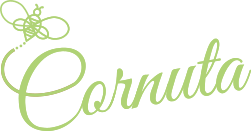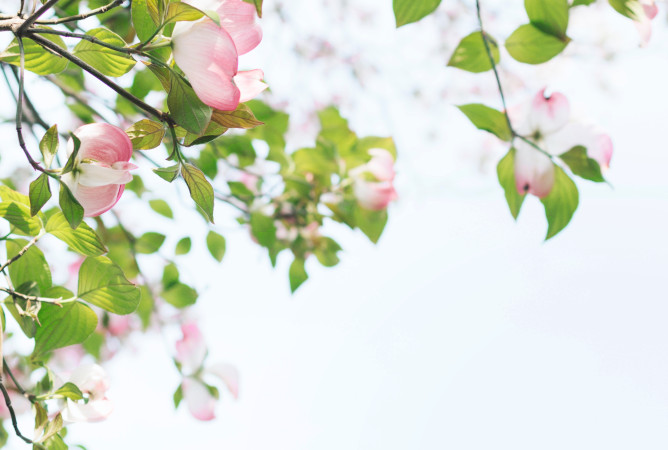Flooding the Orchard
Reproduction is the basis of survival of every species. In order to fertilize plants, they must be worshiped. Pollution is referred to as the process of transferring pollen grains from the puppy to the muzzle of the duck at the criterion, or to the seed embryo at the nurses. Pelud can be transferred from the same flora of the same flower, from the other flower of the same plant or from other plants of the same species. It is most often the best effect of the pollination when the pollen comes from another plant – strangulation or alogamy. Dehydration can be done through or without animals. In the case that plants do not require animals, wind or water is responsible for the pollination.
Already on the flower’s surface itself, one can recognize the way he can deflate it. Wind turbines (eg birch, pine, cork, oak, grass, ambrosium, most nurses …) usually have unpleasant blossoms, and dusty mosses and even the weakest winds are easily snooping and shrinking pollen grains that produce these plants large quantities. Pollution by water is represented by a small number of plants (eg water plague, wilt, valeria …)
Flowering plants that rely on the pollination of animals appear in the most diverse colors, shapes and sizes. Often flowers are intensively scented with doctors who excrete sweet juice – nectar. Dissatisfaction with animals is a wonderful example of the connection and coevolution of the plant and animal world. By means of plants, plants allow for reproduction, and in turn receive food in the form of nectar, pollen, and later fruits. Although the pollination of insects is the most widespread form of pollination, birds and bats, and in rare cases snails, contribute to the pollination of the animal world.
The main pollinators among the insects are Hymenoptera species (bees and ors). Of the other insects are also important butterflies, different types of flies (eg flies) and turtles. Insects come to the plant attracted by live colors and scents, or plants attracted by the fraud of insects (eg orchids), and while trying to get to the nectar, which is most often hidden deep in the blossom, come into contact with the pollen. When they come to the next plant, in the same effort to reach the nectar, the pollen from the previous plant leaves to the throat of the new plant and thus performs their duty.

Bees are the most important pollinators in our ecosystem. Of all the food we eat today one third is dependent on bees. In addition to providing food to humans through pollination, and many animals are dependent on fruits without having bees. If there were no bees in the problem, there would be cotton fabrication as the cotton plant must be worried to produce seed.
It is estimated that more than 20,000 different types of bees live on planet Earth. Of these, only 7 species of bees that produce honey. Unlike the European honey bee (Apis melifera), which is best known in our area for honey production and painful stings, over 90% of all other bees belong to the so-called honey bee (Apis melifera). solitary bees. They do not live in colonies in hives themselves alone. Each one separately builds and arranges its nesting lodgings and supplies them with food supplies. These bees are not aggressive, not a point. Over 70% of them live in the soil. Sometimes all bees that do not produce honey are called wild bees.
As far as agricultural production is concerned, from all the factors influencing the yields, pollination has far-reaching influence. The value of the plunder, expressed in money, ranges between 235 and 577 billion. USD per year. The volume of agricultural production that depended on turbines increased by 300% in the last 50 years. According to some estimates, three quarters of all the food we consume in some way depends on the pollination. Unfortunately, the number of pollinators in nature is rapidly decreasing. The main causes of this are increased use of pesticides, loss of habitat, climate change, spread of diseases and intensive monoculture agriculture.
In addition to acting in the direction of mitigating these harmful effects, the move to compensate for the growing need for the pollutants is assisted breeding and the introduction of pollinators into the crops. Numerous farmers are faced with poor births of their crops and unsatisfactory quality of fruits. One of the main causes is poor pollination. This is especially apparent in large monocultures and those who bloom in the early spring until the honey bees are still active.

